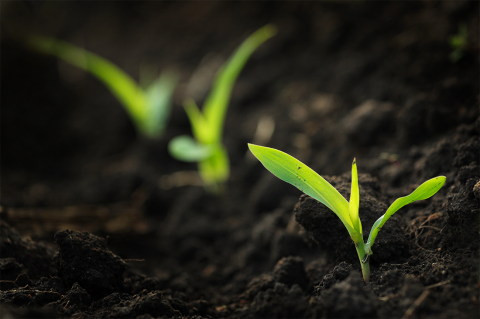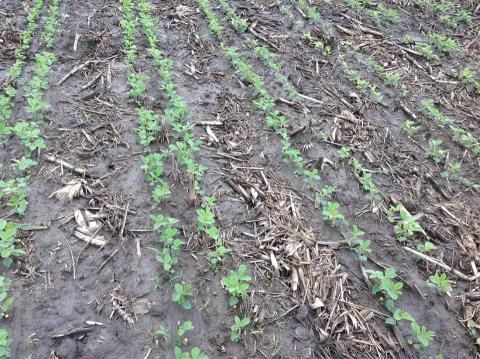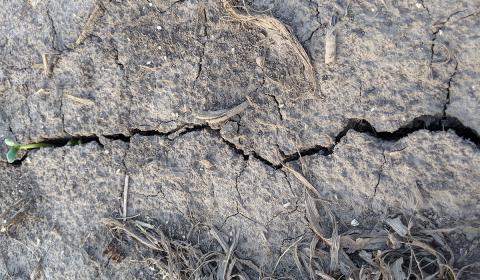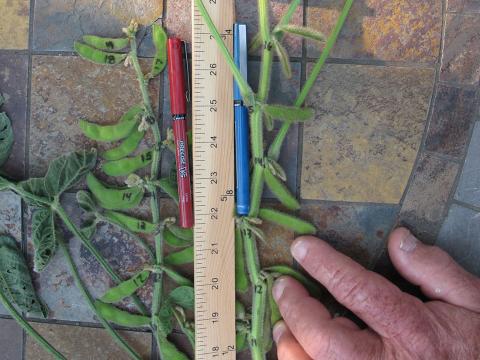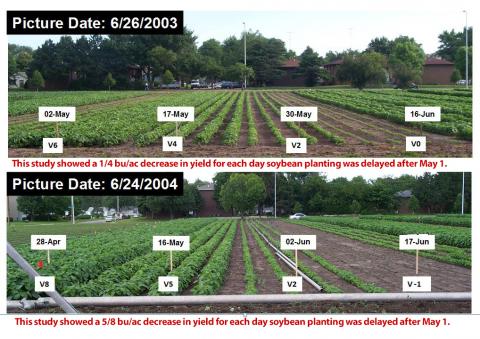A Retrospective Analysis of Nebraska Corn and Soybean Planting Progress (1980-2022)
May 4, 2023
UNL researchers examine historical records of corn and soybean planting progress in Nebraska, and provide insights about the planting date trends and impact on past and future yields.
Soybean Replanting Considerations
May 15, 2020
With the recent cold temperatures and frost in portions of the State, some are questioning the need to replant soybean. It’s important to assess potential recovery before making replant decisions. Soybeans are more resilient than one may think!
Considerations after Crusted Soybean
June 14, 2019
Soil crusting is challenging soybean emergence, but is it enough to warrant replanting? Here are early steps to remediate crusting problems and factors to consider when considering replanting.

Soybean Germination/Emergence with April Planting Dates Relative to Coincident Air and Soil Temperatures in April and May
May 16, 2019
A closer look at air and soil temperatures in April and soybean germination and emergence from 10 planting dates did not find chilling injury, despite periods below 50°F. Further research is needed to better understand the imbibitional period in soybean.
Q&A: When Does Soybean Seed Treatment Pay?
November 8, 2018
A farmer who is ordering soybean seed this fall asks "At $20 per unit, when does soybean seed treatment pay?" Here's what to consider when deciding whether to order fungicide and insecticide treatments for your soybean seed this year.
Dicamba’s Effect on Soybean Node Numbers
August 8, 2018
Do soybean continue to produce a new node every 3.7 days despite being injured by off-target dicamba exposure? That was the question examined in this on-farm study.
Is Soybean Yield Limited by Nitrogen Supply?
January 8, 2018
An article from the Proceedings of the 2018 Nebraska Extension Crop Production Clinics exploring research on whether nitrogen supply is limiting soybean yield.
Amplifying Positive Impacts of Early Soybean Planting
April 19, 2018
The benefits of planting soybean near May 1 are well documented. Now, what are the next steps growers can take to further expand on these benefits? Are different maturity groups warranted? What groups are typically being used in irrigated and rainfed environments in Nebraska?
